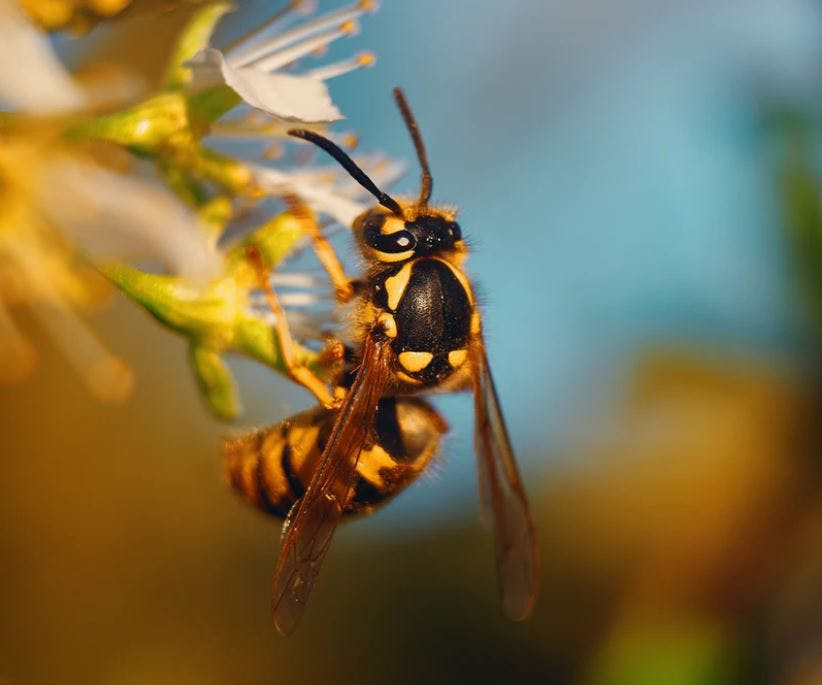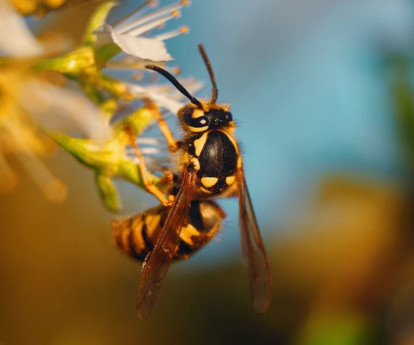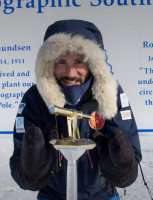Invasive species have been cited as one of the main causes of biodiversity loss – how big a problem is this?
Pr. Franck Courchamp - This problem affects every region in the world, and, in addition to the impact on biodiversity and ecosystems, it causes damage to human health and to the economy. Every day, hundreds of species are introduced into areas where they are not native. Of course, not all are invasive. Generally, we reckon about 10% will become established in the new environment. Of those, about 10% will become problematic. These invasive species are being introduced mainly through trade or tourism. Given the scale of the phenomenon, the total effect is enough to represent a true issue. We are now working to find out what traits make species potentially invasive, and what makes certain ecosystems more resistant, so we can intervene earlier, before a species becomes problematic.
You mention health and the economy – do we have any idea how much invasive species cost us every year?
Pr. F.C. - There are various effects. We published a study three years ago on the economic costs of invasive insects and we came to an estimate of $70 billion a year. That represents a small part of the real cost. There are many costs that are not accounted for – species that have not been evaluated, and many countries with no data.
How immediate is the impact of these invasive species?
Pr. F.C. - The introduction of cats or rats on an island will very quickly kill the native vertebrates, such as birds and lizards, because these species have never been in contact with that particular predator and have not evolved to protect themselves. There are also less immediate effects, for instance invasive plant species that modify the soil composition, or the amount of available water or light. Studies show that, on average, there are fifty years between the establishment of a species and the appearance of impacts from that species. With climate change, species are gradually shifting towards the poles. The tiger mosquito is a good example: each year it is venturing further north due to warmer winters. The tiger mosquito carries possibly thirty different viruses – some of them lethal for humans. The impact may be rapid, but the process of invasion itself is relatively slow.
How can we tackle this problem? You mentioned it was about acting before a species becomes invasive?
Pr. F.C. -Generally, it is much cheaper and more efficient to prevent invasions – or at least to react quickly once they happen – than it is to manage already established invasive species. The Asian hornet, which invaded France in 2004, preys on honeybees. It is now all over France and in neighboring countries, and it seems unstoppable. This invasion appears to have stemmed from just one female hornet hidden on a container ship. Once a species is established, as is the case for the Asian hornet, it is almost impossible to remove. One solution is better biosecurity. In Europe, we have just started using a blacklist of about 50 species, compared with the 14,000 exotic species and hundreds of problematic invasive species we have there. New Zealand has developed a ‘white list’, which requires proof that a species is not potentially invasive before allowing it into the country. There is a switch in the burden of proof, and that is much more effective. A timber company, for example, should survey the insects present in the wood it trades and make sure the insects are not invasive or are removed before importation. It should not be scientists and NGOs trying to prove that species are problematic or not. Of course, there is resistance because it is costly to have these biosecurity measures and because companies would have to bear the cost. Currently, the cost is on society – on taxpayers. And the cost is much higher because of the damage involved.
November, 2020
Biodiversity at Risk: Preserving the natural world for our future
This AXA Research Fund publication is a collection of interviews, articles and desk research that discuss the critical nature of biodiversity, the interdependencies between nature, climate change, the economy and security, based on insights from AXA Research Fund supported scientists and biodiversity and climate change experts. The report also provides an overview of AXA’s commitments in the area of biodiversity loss mitigation and resilience strategies.
Read the publicationPr. Franck Courchamp
Pr. Franck Courchamp is senior researcher at France’s National Centre for Scientific Research (CNRS), specializing in population dynamics and conservation biology. He has published on subjects such as invasive species, climate change and the Allee effect10, and cooperative breeding. He has won the CNRS’s silver medal and is also a member of the European Academy of Science. AXA Chair in Invasion Biology, University of Paris Sud (Saclay), France (2019-2024)
Read more about his research



